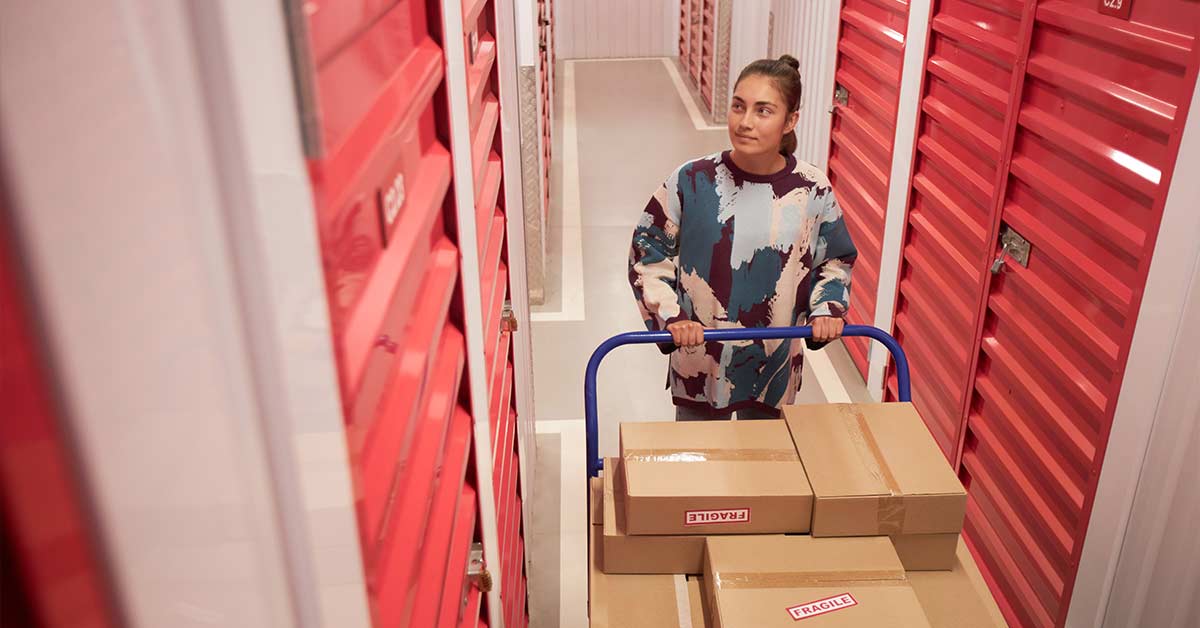Let go of unnecessary things, clear your home, and clear your mind—minimalism is all about living simply. If you’re curious about adopting a minimalist lifestyle, this is a great starting point. By removing the clutter from your life and placing it in a self-storage unit, you can find peace without getting rid of everything at once. Storage facilities offer a way to detach from items without letting them go forever.
Minimalist Living: Simplify Your Space
Simplifying your home can help free your mind. Focus on keeping only the essentials and enjoy the beauty of organized, clutter-free spaces.
Tips for a Minimalist Lifestyle
- Stay Organized: If you’re having trouble finding things, it might be time to reorganize and put the extra stuff in a storage unit.
- Quality Over Quantity: More isn’t always better. Prioritize the quality of your belongings over the quantity.
- Handle Duplicates: If you have two of something you don’t need, get rid of one. Only keep what you truly need or value. Or, store the extra in a storage unit for future use.
- Live in the Moment: Don’t let material items distract you from what really matters, like your family or peace of mind.
Benefits of Owning Less
- Economical: Fewer possessions mean spending less. Selling items you no longer need can also boost your savings.
- Reduce Stress: A clutter-free space can calm your mind, while too much clutter can cause anxiety.
- Easier Cleaning: Fewer items make it quicker and easier to keep your home tidy.
- Keep Some, Store the Rest
- Keep essential items and things you use regularly, like a bookshelf or guitar, in your home. For non-essential but valued items, a storage unit is the perfect solution. Store things like seasonal clothing, holiday decorations, or extra furniture safely in a self-storage unit for later use.
Hold Onto Your Treasured Items
Sentimental items that take up too much space at home can be safely stored in a climate-controlled storage unit. Keep things like pianos, scrapbooks, and awards protected and easily accessible, without cluttering your home.
Organize Your Storage Unit
Don’t let your storage unit become cluttered. Use storage bins and shelves to keep everything neat and easy to find, keeping your minimalist lifestyle on track.









